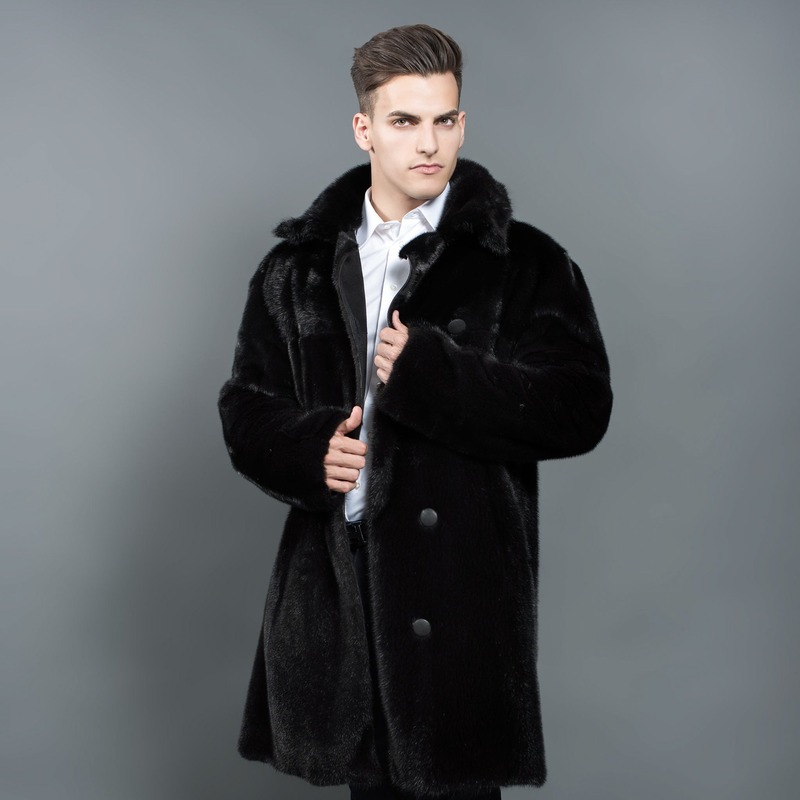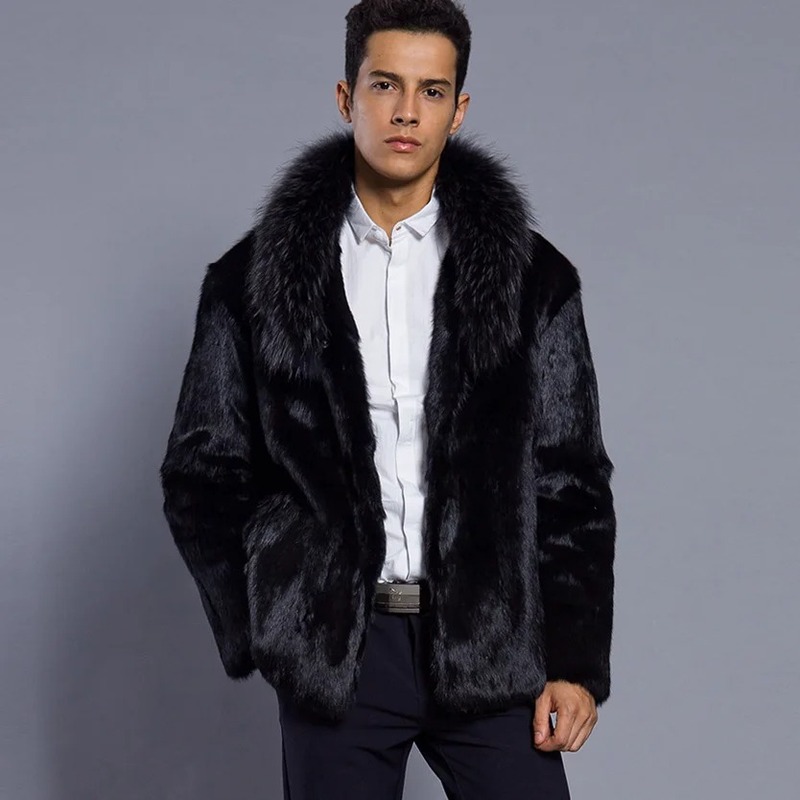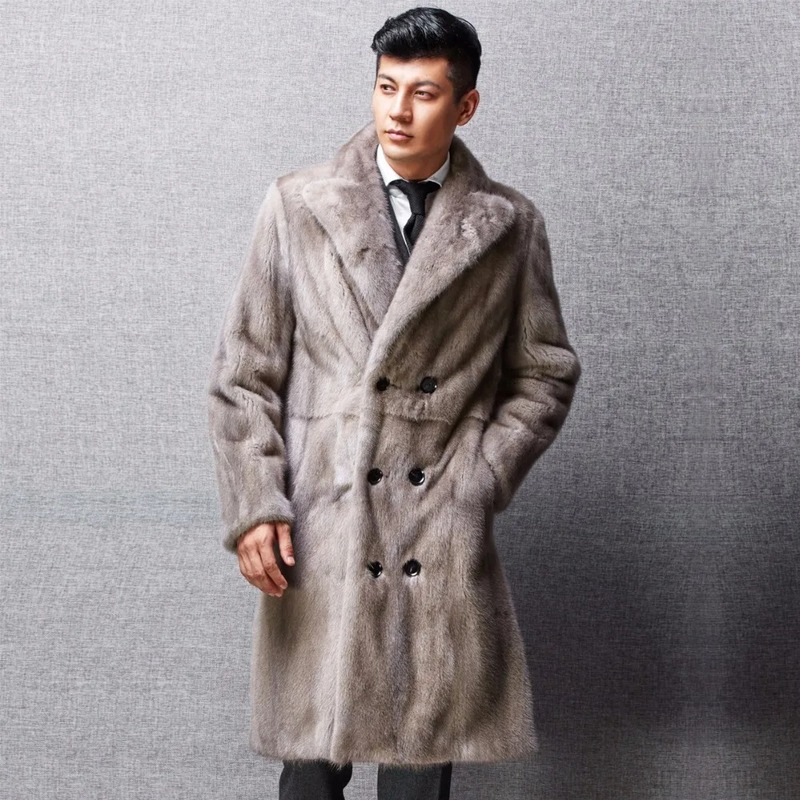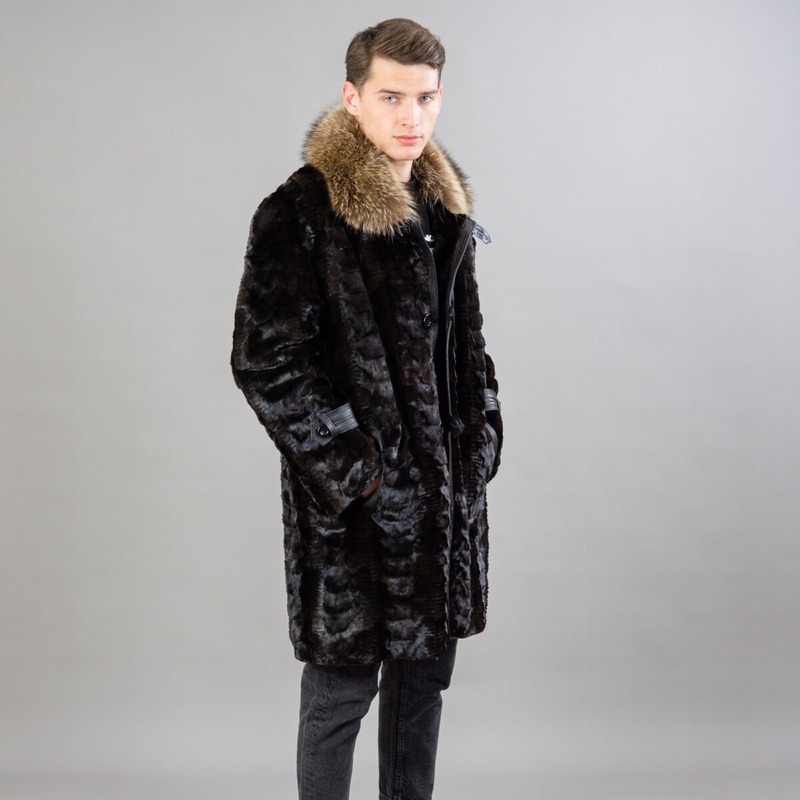
The Environmental Impact of Mink Farming
The mink coat industry has a significant environmental footprint. Mink farming often involves practices that harm the environment. These impacts raise concerns about sustainability and ecosystem health.
The Cost of Real Fur to Wildlife and Ecosystems
Real fur production comes at a great cost to wildlife and ecosystems. Mink farms can lead to the loss of habitats. They also disrupt local wildlife populations. The use of traps in the wild to source fur can injure or kill non-target species. This threatens biodiversity and can upset ecological balances.

Pollution and Waste in Mink Fur Production
Mink fur production generates pollution and waste. The process releases harmful substances into air, water, and soil. This impacts the health of surrounding communities and ecosystems. Waste from mink farms, like feces and feed, can pollute waterways. It can lead to algal blooms and reduced water quality. These environmental concerns are why many are turning to sustainable alternatives.
Ethical Concerns with Mink Coat Production
The production of mink coats raises serious ethical concerns. Many question the morality of using animals for fashion. These concerns go beyond environmental impact, focusing on the welfare of animals involved.
Animal Welfare Issues
Mink coat production often involves practices that compromise animal welfare. Minks are typically kept in small cages with limited space to move. They endure high levels of stress and may exhibit self-harming behaviors. The living conditions do not meet their natural needs. These issues have sparked widespread criticism from animal welfare advocates.
The Fur Industry and Animal Rights
The fur industry’s treatment of animals stands in direct opposition to animal rights principles. Animal rights activists argue that all animals have a right to live free from human exploitation. The use of animals for mink coats is seen as a violation of this right. Campaigns and protests by animal rights groups have brought attention to these issues, leading some to boycott mink products altogether.
Understanding Faux Fur Alternatives
With growing concerns about the environmental and ethical implications of mink coat, faux fur alternatives have gained attention. They offer the glamour of fur without the negative impacts. Faux fur can provide warmth and style, all while being kinder to animals and the planet.
Materials Used in Faux Fur Manufacturing
Faux fur consists mainly of synthetic materials. Common materials include acrylic, modacrylic, and polyester fibers. These materials mimic the texture of real fur. They come from polymer compounds made from various chemicals. The process of creating faux fur requires energy and resources, but it avoids the ethical issues of animal farming.
Acrylics are widely used because of their softness and warmth. Modacrylics offer improved fire resistance and durability. Polyester, a versatile synthetic fiber, is known for its strength and resistance to wrinkling.

Comparing the Sustainability of Faux Fur
When comparing faux fur to real fur, it’s clear that faux alternatives pose less harm to wildlife and ecosystems. However, as synthetic products, they are not without environmental impact. The production of faux fur can contribute to pollution and the use of non-renewable resources. It’s important to consider its life cycle, from manufacturing to disposal.
Sustainable faux furs are those that reduce environmental impact during production. This can be through the use of recycled materials or lower energy consumption. Manufacturers are also exploring biodegradable options to address end-of-life issues. Faux fur requires less maintenance than real fur and has a longer shelf life, making it a more eco-friendly choice in the long term.
In sum, faux fur alternatives provide a more ethical and often more sustainable option for those seeking the luxurious feel of fur without compromising their values.
Innovations in Eco-Friendly Outerwear
As the demand for sustainable fashion rises, innovative eco-friendly outerwear options are emerging. These innovations focus on reducing environmental impact while providing warmth and style akin to traditional mink coats.
Breakthroughs in Sustainable Fabrics
Researchers and manufacturers are making strides in sustainable fabrics, essential to eco-friendly outerwear. New materials are developed using renewable resources such as organic cotton, bamboo, and even recycled plastic. These fabrics not just minimize harm to the environment but also offer durability and comfort. For instance, Tencel, made from sustainably harvested wood pulp, is celebrated for its softness and biodegradability. Also, the advancement in weaving technology allows for stronger and finer threads that enhance fabric quality and longevity.
Spotlight on Ethical Fashion Brands
Several fashion brands now take a stand for the planet and animals by offering sustainable and ethical alternatives to mink coat. These brands provide transparency in their sourcing and manufacturing processes, ensuring that no animals are harmed. They often use recycled materials and focus on ethical labor practices. Brands like Patagonia and Stella McCartney have been at the forefront, proving that fashion can be both beautiful and conscientious. They have set industry standards, inspiring other brands to follow suit in the journey towards a more sustainable fashion world.
How to Identify and Choose Sustainable Coats
Choosing sustainable coats involves awareness of materials and production practices. Look for transparency in how the coat is made.
Reading Labels for Sustainability Cues
When shopping for sustainable outerwear, reading labels is crucial. Look for certifications like Global Organic Textile Standard (GOTS) or Bluesign. These show eco-friendly production. Materials should be organic, recycled, or responsibly sourced. Check for information on the brand’s ethical labor practices too.
Tips for Making Ethical Purchases
To buy ethical coats, research brands beforehand. Support companies that commit to sustainability and animal welfare. Opt for durable designs to reduce waste. Consider the longevity of the coat. Buy less but choose well. Investing in quality, sustainable coats can reduce the need for frequent replacements. Seek out retailers that offer eco-friendly options. They often have policies for sustainability and ethical practices. Finally, be prepared to ask questions. Inquire about the coat’s manufacturing process, materials used, and the brand’s environmental policies.
Care and Maintenance of Sustainable Coats
Proper care and maintenance of sustainable coats are vital to extend their life and performance. Whether you’ve invested in a faux fur jacket or a coat made from eco-friendly materials, the following tips will help ensure your outerwear remains in excellent condition for years to come.
Extending the Life of Your Eco-Friendly Outerwear
To extend the longevity of your sustainable coats, it’s important to follow a few key guidelines:
- Read the care label: Always check the manufacturer’s instructions. They provide the best advice for caring for your coat.
- Use eco-friendly detergents: Choose detergents that are kind to the environment when washing your coats.
- Air dry when possible: Avoid using tumble dryers. Air drying is gentler on fabrics and saves energy.
- Store properly: Hang your coat on a sturdy hanger to maintain its shape. For off-season storage, use a breathable garment bag.
- Repair instead of replace: If your coat gets damaged, try to repair it before considering a replacement.
These steps not only preserve the coat’s appearance and function but also align with eco-conscious practices.
Best Practices for Sustainable Garment Care
Caring for sustainable garments also means being mindful of the environmental impact of maintenance routines:
- Spot clean when you can: Address small stains immediately with spot cleaning instead of washing the entire garment.
- Be gentle: Hand wash or select gentle cycles on your washing machine to reduce wear and tear.
- Avoid chemicals: Steer clear of harsh chemical cleaners that can damage sustainable fabrics and harm the environment.
- Iron responsibly: If you need to iron, do so on a low setting and consider using a pressing cloth to protect the material.
- Invest in quality hangers: Use wooden or padded hangers for coats to keep them in their best shape.
Maintaining your sustainable coats with these best practices ensures you contribute to a more ethical and environmentally friendly fashion cycle. Plus, these habits help save resources and decrease the mink coat industry’s impact on our planet.

The Role of Consumers in Promoting Sustainability
Consumers have a powerful influence on the market. Their buying habits can push for more sustainable practices. By choosing eco-friendly alternatives to mink coats, consumers send a clear message. They value the environment and animal welfare over luxury.
The Impact of Consumer Choices
Every purchase decision carries weight. When consumers prefer sustainable coats, they drive demand for ethical fashion. This can lead to a decrease in the demand for real fur. As a result, wildlife and ecosystems suffer less harm. Consumers help cut back on pollution caused by mink farming. They also promote humane treatment of animals used in the apparel industry. Opting for products with sustainability labels has a ripple effect. It rewards responsible brands and encourages others to follow.
Advocating for Change in the Fashion Industry
Consumers can be advocates for fashion industry reform. They raise awareness by talking about the issues. Social media and community discussions can spread the word. Consumers can petition brands to adopt ethical policies. They can also support legislation that favors sustainable practices. By uniting as a community, consumer advocacy can compel the industry to change. This way, the fashion we wear reflects our commitment to a greener, kinder world.
